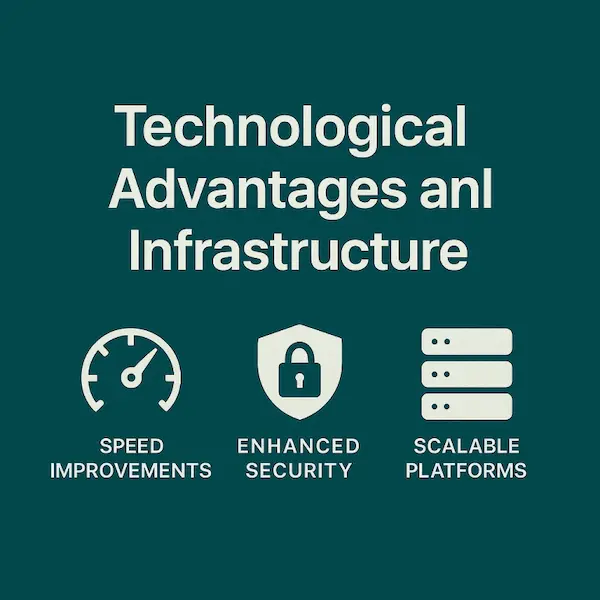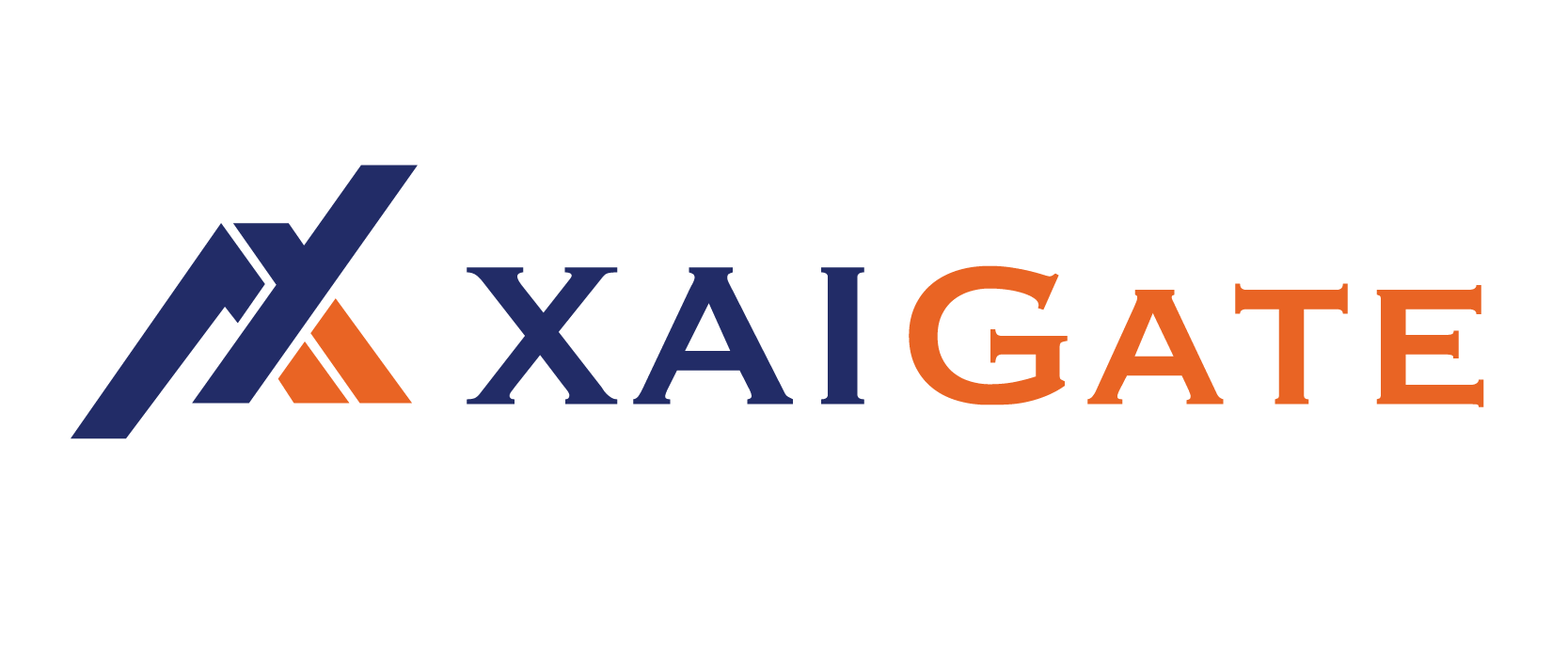Crypto payments are something that is as close as tomorrow. With companies all over the world struggling to keep up with newer forms of payment methods, Crypto as a Competitive Advantage has come around as a game changer, which is disrupting how our society operates and pays. Businesses that adopt crypto payments will stake out a place of leadership in the newest financial revolution that promises to transform the world of commerce in the decades to come.
This transition is not simply a change in technology, but a complete re-think of how payment systems can be used and it presents un-precedented opportunities to businesses which are willing to jump in. Soon, it will not be enough to accept Bitcoin or Ethereum as an upcoming trend but a more efficient, secure and globally available payment ecosystem, which can become a major competitive advantage to early adopters.

Contents
- 1 Understanding the Current Crypto Payment Landscape
- 2 The Business Case for Early Crypto Adoption
- 3 Technological Advantages and Infrastructure
- 4 Market Trends and Consumer Behavior
- 5 Regulatory Environment and Compliance
- 6 Implementation Strategies for Businesses
- 7 Competitive Positioning Through Crypto
- 8 Risk Management and Security Considerations
- 9 Future Outlook and Emerging Technologies
- 10 Conclusion
- 11 Frequently Asked Questions
Understanding the Current Crypto Payment Landscape
Overall, the digital currency based payment system has changed in a spectacular way since the first wave of Bitcoin back in 2009. Intended as an experimental digital currency the technology has evolved into the highly developed system of payment solutions enhancing millions of users all around the world. Crypto payments today encompass everything business to business to small entrepreneurial payment processing systems all the way up to large enterprise-level payment processing systems.
The current market dynamics demonstrate that crypto payments are becoming popular and are finding acceptance within the mainstream market faster. Large companies, such as Tesla, Microsoft, or PayPal, already use cryptocurrency payments, whereas traditional financial institutions come up with their own digital currencies. This mass usage is an indicator in itself, that the future of crypto payments is inevitably not in the future, but is already in progress.
The regulatory landscape, which once proved to be a significant obstacle to the crypto adoption process, is getting more conducive. Countries such as El Salvador have turned Bitcoin into legal tender, and others are coming up with an the whole structure to regulate cryptocurrency. The certainty of this regulation is eliminating confusion and making the idea of using crypto-payments more widespread among businesses.
Current Market Statistics
|
Metric |
2023 Value |
2024 Projection |
|
Global Crypto Payment Volume |
$1.2 trillion |
$1.8 trillion |
|
Number of Businesses Accepting Crypto |
15,000+ |
25,000+ |
|
Average Transaction Speed |
10-15 minutes |
3-5 minutes |
The Business Case for Early Crypto Adoption
The wide range of benefits attached to early adoption of crypto payments to businesses goes well beyond mere processing of payments. The process of adopting cryptocurrency payment systems at present is allowing companies to position themselves as technological pioneers in the process of developing the infrastructure required to compete in future digital economy.
Cost-saving is one of the strongest arguments that can support early crypto adoption. Conventional billing systems include several intermediaries who each charge a commission which may amount to 3-5 percent of amount transferred. With crypto payments, such costs can be less than 1 % without having to rely on conventional banking infrastructure.
Another essential strength is world availability. Crypto payments facilitate service delivery to businesses by allowing them to cater to their clients all over the world without currency conversion rates, constraints imposed by banks of different countries, or the limitation posed by payment processors. Such internationalization has the potential to explore untapped markets and target customers.
Blockchain technology will also provide advance security within crypto payments in the future. Compared to conventional payment systems, where sensitive financial data is locked up in centralized databases, crypto payments rely on decentralized networks that are resistant to fraud or any data hacks in their nature.

Key Benefits of Early Adoption
- Reduced transaction costs: Lower fees compared to traditional payment methods
- Faster settlement times: Near-instantaneous transfers without banking delays
- Enhanced security: Blockchain-based protection against fraud
- Global reach: Access to international markets without currency barriers
- Brand positioning: Establish reputation as innovative technology leader
Technological Advantages and Infrastructure
The technological foundation of crypto payments offers significant advantages over traditional payment systems. Blockchain technology provides an immutable ledger that ensures transaction transparency and security while eliminating the need for trusted intermediaries.
Smart contracts, automated programs that execute when predetermined conditions are met, are revolutionizing how businesses handle payments. These contracts can automate complex payment scenarios, reduce administrative costs, and eliminate human error from transaction processing.
The future of crypto payments is being shaped by emerging technologies like Layer 2 solutions that dramatically increase transaction speeds while reducing costs. Lightning Network for Bitcoin and Polygon for Ethereum are examples of how crypto payment systems are becoming more efficient and practical for everyday use.
Technology Comparison Table
|
Feature |
Traditional Payments |
Crypto Payments |
|
Settlement Time |
1-3 business days |
Minutes to hours |
|
Cross-border Fees |
3-7% |
0.1-1% |
|
Operating Hours |
Business hours only |
24/7/365 |
|
Intermediaries |
Multiple banks/processors |
Minimal or none |

Market Trends and Consumer Behavior
Consumer behavior is shifting rapidly toward digital payment solutions, with cryptocurrency payments gaining significant traction among younger demographics. Millennials and Gen Z consumers are particularly drawn to crypto payments due to their familiarity with digital technologies and desire for financial autonomy.
Recent surveys indicate that over 40% of consumers aged 18-34 are interested in using cryptocurrency for everyday purchases, while 25% have already made at least one crypto payment. This trend suggests that businesses targeting younger demographics should prioritize crypto payment integration to remain competitive.
The future of crypto payments is also being driven by the rise of decentralized finance (DeFi) applications that offer alternative financial services without traditional banking infrastructure. These applications are creating new payment use cases and driving innovation in the crypto payment space.
E-commerce platforms are leading the charge in crypto payment adoption, with online retailers reporting increased sales and customer satisfaction when offering cryptocurrency payment options. This success in e-commerce is now spreading to brick-and-mortar businesses as point-of-sale crypto payment solutions become more accessible.
Regulatory Environment and Compliance
The regulatory landscape for crypto payments is evolving rapidly, with governments worldwide developing frameworks to govern cryptocurrency use while protecting consumers and maintaining financial stability. Understanding these regulations is crucial for businesses considering crypto payment adoption.
In the United States, the Securities and Exchange Commission (SEC) and Commodity Futures Trading Commission (CFTC) are working to establish clear guidelines for cryptocurrency operations. The future of crypto payments will likely be shaped by these regulatory developments, making early compliance preparation essential for long-term success.
Tax implications represent another important consideration for businesses adopting crypto payments. Currently, cryptocurrency transactions are subject to capital gains tax in many jurisdictions, but proposed legislation could simplify tax treatment for payment transactions.
Anti-money laundering (AML) and know your customer (KYC) requirements are becoming standard for crypto payment processors, similar to traditional financial institutions. Early adopters should implement robust compliance systems to ensure regulatory adherence as the industry matures.
Implementation Strategies for Businesses
Successfully implementing crypto payments requires careful planning and strategic execution. Businesses should start by evaluating their current payment infrastructure and identifying areas where crypto integration would provide the most value.
Technical integration can be approached through several methods, from simple third-party payment processors to custom blockchain solutions. Small businesses might benefit from plug-and-play solutions that require minimal technical expertise, while larger enterprises may prefer custom integrations that offer greater control and functionality.
Staff training is crucial for successful crypto payment implementation. Employees need to understand how crypto payments work, how to troubleshoot common issues, and how to explain the benefits to customers. This education should cover both technical aspects and customer service considerations.
The future of crypto payments will likely include integrated wallet solutions that make it easier for customers to manage their cryptocurrency holdings and make payments. Early adopters should consider how these developments might affect their payment infrastructure and plan accordingly.
Implementation Timeline
- Phase 1 (Months 1-2): Research and planning
- Phase 2 (Months 3-4): Technology selection and integration
- Phase 3 (Months 5-6): Staff training and testing
- Phase 4 (Month 7): Launch and customer education

Competitive Positioning Through Crypto
Businesses that adopt crypto payments early gain significant competitive advantages in customer acquisition, retention, and brand positioning. Crypto payment acceptance signals innovation and forward-thinking leadership that resonates with tech-savvy consumers.
Customer acquisition benefits from crypto payment adoption are particularly pronounced in certain industries. E-commerce businesses, technology companies, and luxury goods retailers often find that crypto payment options attract new customers who prefer digital payment methods.
Brand differentiation becomes increasingly important as traditional payment methods become commoditized. Crypto payments offer a unique value proposition that can help businesses stand out in crowded markets while demonstrating commitment to innovation and customer choice.
The future of crypto payments will likely see increased integration with loyalty programs, rewards systems, and customer relationship management tools. Early adopters can begin building these integrations now to maximize their competitive advantage.
Risk Management and Security Considerations
While crypto payments offer numerous advantages, they also present unique risks that businesses must carefully manage. Volatility in cryptocurrency values can create accounting challenges and potential losses if not properly hedged.
Security protocols for crypto payments differ significantly from traditional payment systems. Businesses must implement robust wallet security, multi-signature authorization, and regular security audits to protect against theft and fraud.
Regulatory compliance represents an ongoing risk as governments continue to develop cryptocurrency regulations. The future of crypto payments will likely include more stringent compliance requirements, making early preparation essential for long-term success.
Customer education is crucial for minimizing risk and ensuring positive experiences with crypto payments. Businesses should provide clear instructions, support resources, and security guidance to help customers navigate crypto payment processes safely.
Future Outlook and Emerging Technologies
The future of crypto payments is being shaped by several emerging technologies that promise to address current limitations and unlock new possibilities. Central Bank Digital Currencies (CBDCs) are being developed by governments worldwide and could bridge the gap between traditional and crypto payment systems.
Artificial intelligence integration is making crypto payment systems more intelligent and user-friendly. AI-powered fraud detection, automated compliance monitoring, and personalized payment experiences are becoming standard features in advanced crypto payment platforms.
Interoperability solutions are addressing the challenge of multiple blockchain networks by enabling seamless transactions across different cryptocurrency ecosystems. This development will make crypto payments more accessible and practical for mainstream adoption.
The integration of Internet of Things (IoT) devices with crypto payment systems is creating new possibilities for automated, machine-to-machine transactions. This technology could revolutionize how businesses handle recurring payments, supply chain transactions, and service delivery.
Conclusion
The future of crypto payments represents a paradigm shift that forward-thinking businesses cannot afford to ignore. Early adoption of cryptocurrency payment systems offers significant competitive advantages, from reduced costs and enhanced security to global accessibility and brand differentiation.
As the regulatory environment becomes more favorable and technology continues to improve, crypto payments will become increasingly mainstream. Businesses that begin their crypto payment journey now will be best positioned to capitalize on this transformation and serve the evolving needs of digital-native consumers.
The transition to crypto payments is not just about adopting new technology—it’s about embracing a new financial paradigm that promises to make commerce more efficient, secure, and inclusive. Companies that understand this shift and act decisively will find themselves leading the charge into the future of digital payments.
Success in the future of crypto payments requires more than just technical implementation; it demands strategic vision, careful planning, and commitment to continuous innovation. By starting this journey today, businesses can build the foundation for tomorrow’s payment ecosystem while gaining a crucial competitive advantage in an increasingly digital world.
Frequently Asked Questions
1. How long does it take to implement crypto payments for a business?
Implementation typically takes 2-6 months depending on business size and complexity. Small businesses using third-party processors can launch in weeks, while enterprises requiring custom solutions may need several months for development and testing.
2. Are crypto payments secure for businesses?
Yes, when properly implemented. Crypto payments use blockchain technology that provides enhanced security compared to traditional payment systems. However, businesses must follow proper security protocols for wallet management and transaction processing.
3. What are the main costs associated with crypto payment adoption?
Costs include initial setup fees, transaction processing fees (typically 0.1-1%), compliance and security measures, and staff training. These costs are generally lower than traditional payment processing fees over time.
4. How do businesses handle cryptocurrency price volatility?
Most businesses use payment processors that automatically convert crypto to fiat currency, eliminating volatility risk. Some businesses also use hedging strategies or stablecoin payments to manage price fluctuations.
5. What regulatory requirements apply to crypto payments?
Requirements vary by jurisdiction but typically include KYC/AML compliance, transaction reporting, and tax obligations. Businesses should consult with legal and compliance experts to ensure proper adherence to local regulations.
6. Can traditional businesses integrate crypto payments without technical expertise?
Yes, many third-party payment processors offer plug-and-play solutions that require minimal technical knowledge. These services handle the technical complexity while providing simple integration tools for businesses.
7. What types of businesses benefit most from crypto payments?
E-commerce businesses, technology companies, luxury goods retailers, and businesses serving international customers typically see the greatest benefits. However, any business can benefit from reduced fees and faster settlement times.
8. How do customers typically respond to crypto payment options?
Response varies by demographic, with younger consumers generally more enthusiastic. Businesses report increased customer satisfaction and loyalty when offering crypto payment options, particularly among tech-savvy demographics.
For daily updates, subscribe to XAIGATE’s blog!
We may also be found on GitHub, and X (@mxaigate)! Follow us!
Don’t miss out on the opportunity to elevate your business with XAIGATE’s setup crypto wallet for nonprofit donations. The three-step process is designed to be user-friendly, making it accessible for all businesses. Embrace this modern payment solution to provide customers with a secure and efficient way to pay. Take the first step towards a competitive edge in the digital realm and unlock the benefits of cryptocurrency payments for online casino today.
Looking to integrate seamless Smart Solution for Crypto Payment Gateway into your business? XAIGATE provides blockchain-native tools for merchants, developers, and enterprises to accept decentralized payments with confidence. Crypto as a Competitive Advantage: Why Early Adoption Matters.










